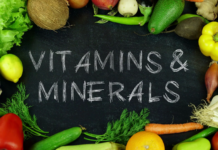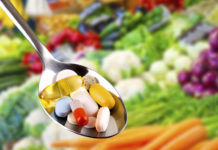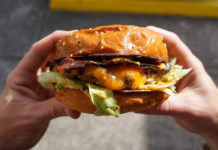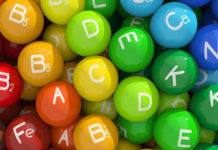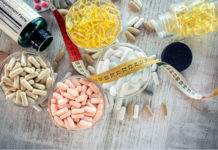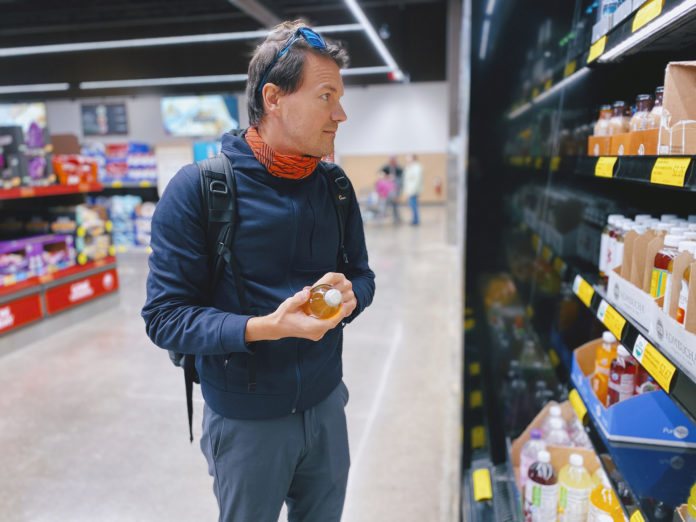“Fake Foods: Foods that the body does not have the ability to fully process, due to manufacturer’s processing, use of additives, preservatives, and chemicals which strip them of any nutritional value causing harm the body when ingested or forcing the body to store such foods as fat or in the fat cells.” Hector Sectzer
3 Foods You Eat That Are Probably Fake
Cheese Product. Milk Alternatives.There are so many “milk” products in the dairy aisle including Lactaid, soy, almond, and—the latest—oat milk. But the head of the FDA recently announced that they’d be taking a closer look at the regulations for labeling nondairy products as milk. The dairy lobby is pleased with this news as they’ve been grumbling for stricter regulations for some time. Comment: Most milk alternatives on the grocery store shelves have added sugars and preservatives. Please read the ingredient labels and pick the one that is just milk from the source mentioned.
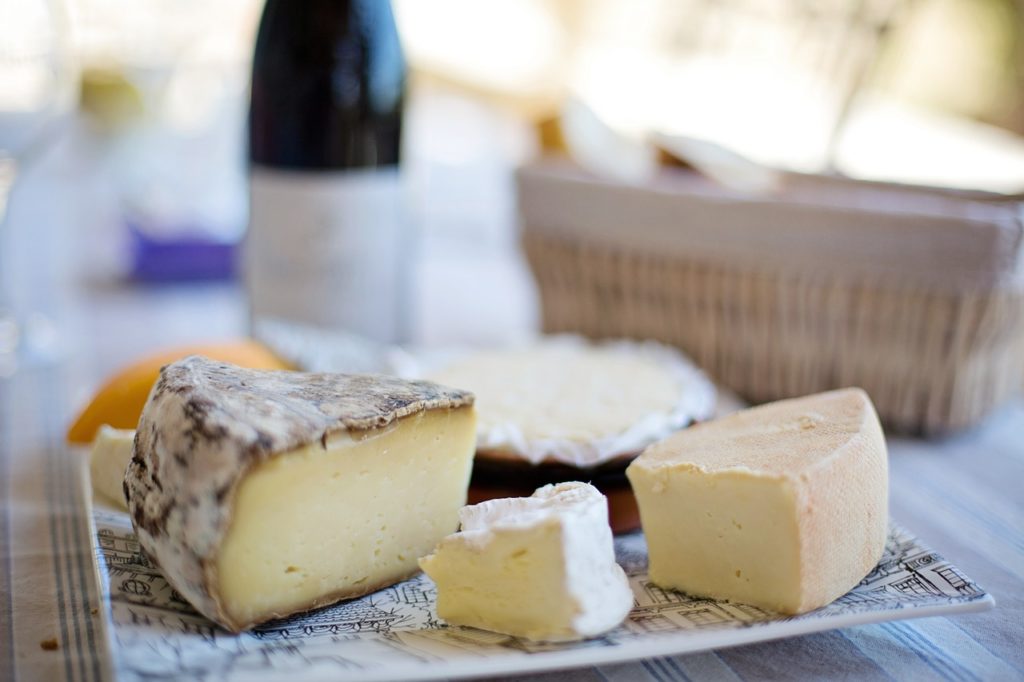
100 Percent Real Grated Parmesan Cheese. By now, you’ve probably gotten wind that the 100 percent “real” grated Parmesan cheese you’ve been buying is probably far from that. Although the FDA says manufacturers can add as much cellulose (i.e. wood pulp) into their grated cheese as they need to prevent it from clumping, recent findings suggest that they are adding more cellulose than is necessary just to pad out the product. Not only that, but lots of grated “Parmesan” is from scraps of different sorts of cheeses. Experts say that it’s not a food safety issue but is a deceptive practice. Comment: There are a few very good organic cheese substitutes in most supermarkets, one manufactured by ‘Daiya’ and the other by ‘Follow Your Heart’. Please check them out.
Imitation Crab. Also known as imitation crab or crab stick, Krab is best known for being one of the primary ingredients in a California sushi roll. But there’s nothing crabby about it (and in fact, it can’t be labeled as crab stick in some places for that reason). Krab is actually a mixture of finely ground whitefish and other fillers like wheat, egg white, and transglutaminase (i.e. meat glue). A little artificial crab flavoring and red food dye give it a mildly believable crab look and taste. Comment: These product is not worth the cheap price you pay for it. Fillers as well as fish that are not wild caught can cause numerous illnesses. Buyer beware.
Filet Mignon. Speaking of meat glue… next time you shell out the big bucks for filet mignon in a restaurant keep in mind that you may actually be eating a bunch of lesser cuts that are bound together. Some places will use transglutaminase to combine the scraps of meat. While the USDA has ruled that these sorts of cuts have to be labeled in grocery stores that they have “been formed from pieces of whole muscle meat, or that it has been reformed from a single cut,” no such rules exist for restaurant menus. Comment: Make sure that you frequent trusted restaurants and always ask if the food that is being served is the real thing or a combination of scraps. Credible restaurants will tell you the truth.
Article by “Eat This” Katherine Martinelly July 30th, 2018
Comments By: Hector Sectzer
© Copyright – Hector Sectzer





